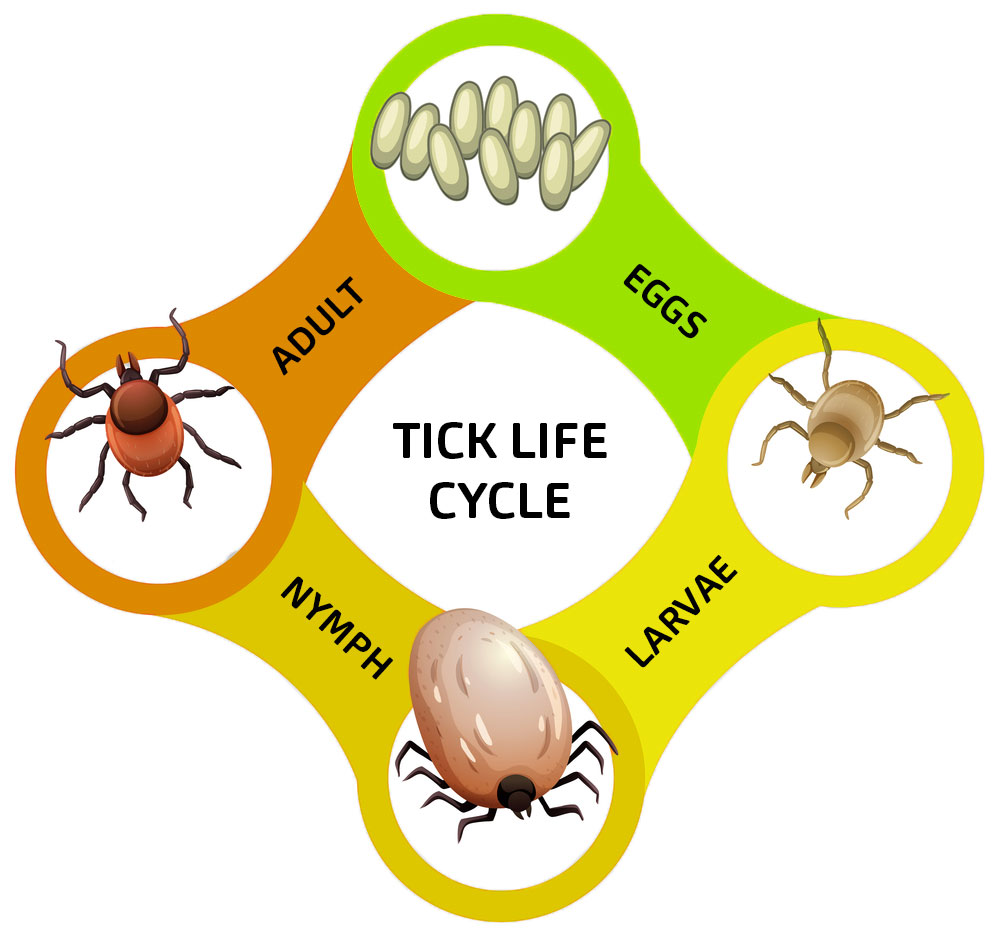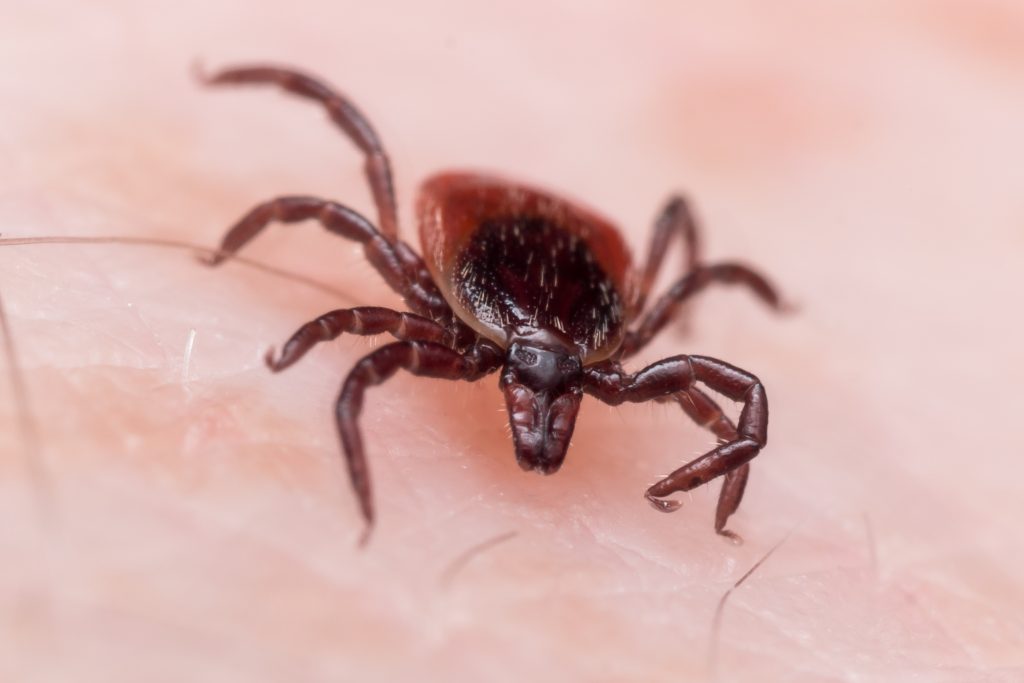Tick identification and analysis service
GDG Environment offers tick identification and analysis service. Within 5 days of receiving of the specimen, we proceed to its molecular analysis by ”PCR test” (Polymerase Chain Reaction). Through our analysis, you will be able to assess better the risk involved.
If you have been bitten by a tick and would like to know if it carries the Lyme disease infectious agent, recurrent fever, babesiosis and/or anaplasmosis, we can help you.
Print the submission form and mail it with the specimen to 300-1100, place du Technoparc, Trois-Rivières, Quebec G9A 0A9.
Please note that specimens will not be analyzed until we have debited the payment by credit card.
HOW MUCH DOES IT COST TO IDENTIFY AND ANALYZE A TICK?
- Basic analysis for Lyme disease:
- $69 plus tax per tick
- Complete analysis of the 4 pathogens:
- $155 plus tax per tick
- The service allows the detection of pathogens:
- Lyme disease;
- Recurrent fever;
- Babesiosis;
- Anaplasmosis.
- Urgent analysis, within 48 business hours
- Following receipt of the sample
- Additional $75
- When will I receive the results of the analysis?
- You will receive the certificate of analysis by e-mail within 5 working days of receipt of the sample and payment.
Analyze a tick now
WHAT IS A TICK
The Ixodes scapularis tick lives especially in moist places such as forests, woods, tall grass, gardens, landscaping and piles of dead leaves. During the same year, the different stages of development of the tick (larva, nymph, adult) are found in the same sector. The tick must feed on animal and human blood to move to the next phase at every stage. The tick can triple in size when filled with blood.

Why is it important to remove and have a tick analyzed as soon as possible?
Ticks carry several diseases and can bite animals and humans. Lyme disease is the most common in Quebec, and it is transmitted by the bite of a tick carrying the Borrelia burgdorferi bacteria. The spread of the virus usually begins 24 hours after the tick attaches itself to the skin. For other diseases, such as the encephalitis virus, the infection begins directly after the bite.
The number of Lyme disease cases declared in Quebec in 2021 is 709. It is 435 more reported cases than in 2020 in the province.
Lyme disease | Government of Quebec (quebec.ca)

How to remove a tick
Remove the tick quickly to avoid infection because the bacteria that causes Lyme disease needs the tick to remain on the skin for more than 24 hours.
1. Using pointed tweezers, delicately grip the tick as close to the skin as possible. Pull it straight out, gently but firmly.
2. Do not squash the tick because this could accidentally introduce into the body the bacteria that causes Lyme disease.
3. Do not put the tick in alcohol or on sticky tape.
4. After removing the tick, place it in an airtight container like an empty pill bottle and keep it in the freezer until you are ready to submit it for analysis.
5. Carefully clean the bite with soap and water or disinfect it with rubbing alcohol.
Do you have more questions? Click here to contact one of our experts.
